Would you die to save a historical monument? Syrian archaeologist Khaled al-Asaad did. His death highlights the dangers heritage workers can face in conflict areas.
Syrian state media reported recently that authorities may have found the remains of Khaled al-Asaad, an archaeologist who was beheaded by "Islamic State"(IS) militants in 2015, when he was 82. Asaad had served as the head of the antiquities department of the ancient city of Palmyra, staying there and undertaking research work for over 40 years. "I am from Palmyra and I will stay here even if they kill me," Asaad is reported to have said after IS occupied Palmyra.
Known as "an oasis in the Syrian desert," the city was first mentioned in the 1st and 2nd centuries BC in the archives of Mari, an ancient Semitic settlement in Eastern Syria. In September 2015, IS militants destroyed large parts of the UNESCO World Heritage Site for being "anti-Islamic." Khaled al-Asaad was killed because he refused to divulge the location of antique objects that he had helped excavate.
Cultural artifacts and historical symbols contribute to a group or a country's collective identity, making the practice of archaeology a sensitive issue — and at times a dangerous one for heritage workers, as al-Asaad's murder in Syria shows.
Similar to Palmyra, symbolic historical monuments often become a target for groups asserting their dominance or challenging the status quo. For example, in 2001, the Taliban regime in Afghanistan blew up two monumental statues of the Buddha in Bamiyan, saying they were idolatrous. In 1992, right-wing Hindu extremists in India demolished the Babri Masjid, a 16th-century mosque in Ayodhya that in turn had been built upon an ancient Hindu temple.
Governments guard access to cultural sites
Even during times of peace, governments keep a tight leash on who can access archaeological sites and which sites get priority in research. "Government agencies in the countries in which archaeologists work must grant permission to conduct fieldwork (or withhold it)," Susan Pollock, a professor of archaeology at the Free University (Freie Universität) in Berlin told DW.
According to Pollock, the archaeological service of a country, which is a government agency, "may decide that certain proposed projects do not match their priorities and therefore request a modification — or they may refuse to grant a license."
This was the case in Syria even before the uprising against President Bashar Assad began in March 2011, leading to widespread and violent conflict.
"I would say the main challenge before the war was the accessibility to sites and archaeological materials. The government had a tight grip on excavation permits," Lubna Omar explained. The Syrian archaeologist had tried to work in national projects, but was constantly denied permission.
Working in conflict
After war broke out between President Assad's forces and armed groups, researching ancient ruins became practically impossible and dangerous, Omar told DW.
Pollock, who worked as an archaeologist in Iraq when the country was at war with Iran in the 1980s, says that archaeologists working in conflict zones often face logistical issues related to safety — both theirs and that of their team. "As outsiders, we rarely have sufficient insights into the inner workings of conflicts as well as to up-to-the-minute information," she added.
Asaad, who was inseparable from his work, continued to work in Palmyra even after the IS besieged the city. "Khaled Asaad's identity is Palmyra," according to Omar, who now lives in the US.
Asaad's commitment to Palmyra was unquestionable. However, Pollock believes his death raises an ethical question: "Is it appropriate to pursue archaeological research in the context of ongoing violent conflict? If so, where are the limits?"
No history, no future
In Syria, meanwhile, archaeology faces an uncertain future. Heritage workers have stopped working and many, like Omar, have had to flee the country. The ones who still live in Syria must cope with war on a daily basis, as well as dwindling prospects of earning a livelihood.
Omar told DW via email that she had to complete her PhD in Japan after no scope remained to do so in her homeland. She finally got permission to look into Syrian artifacts, but only those that had been brought to the German city of Tübingen decades ago. Like many of her compatriots, the war in Syria left her with little choice.
Omar's predicament is understandable: practicing archaeology means staying on location — like Asaad did until he died. In Omar's case, for better or for worse, that has not been possible at all.
"As for after the war, I am not able to use my skills nor my knowledge. I left Syria in 2012, and I haven't been back since then! ... Since I moved to the US in 2016, I am unable to travel, first, because of Donald Trump's travel ban and now, because I don't have a valid passport. I have no chance to renew it while I am in the US. In short, I am trapped, and my research is sadly dead."
"conflict" - Google News
February 11, 2021 at 07:23PM
https://ift.tt/3a8MoO5
The dangerous work of archaeologists in conflict zones - DW (English)
"conflict" - Google News
https://ift.tt/3bZ36xX
https://ift.tt/3aYn0I8
Bagikan Berita Ini
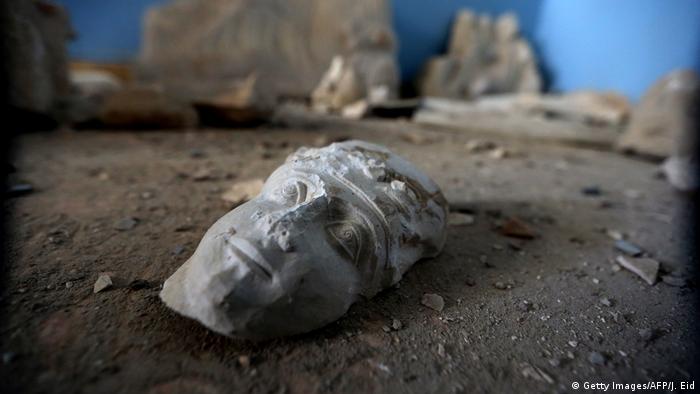
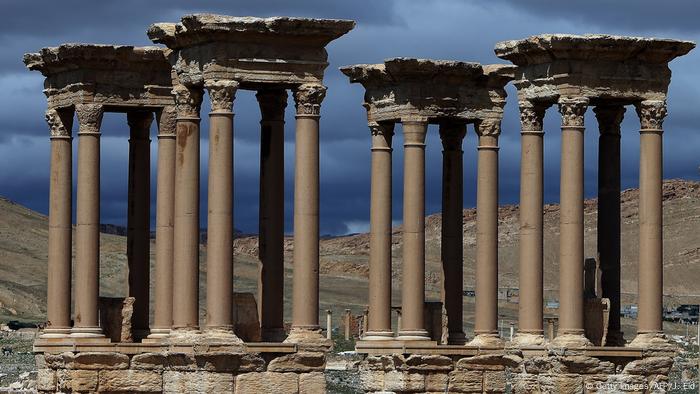

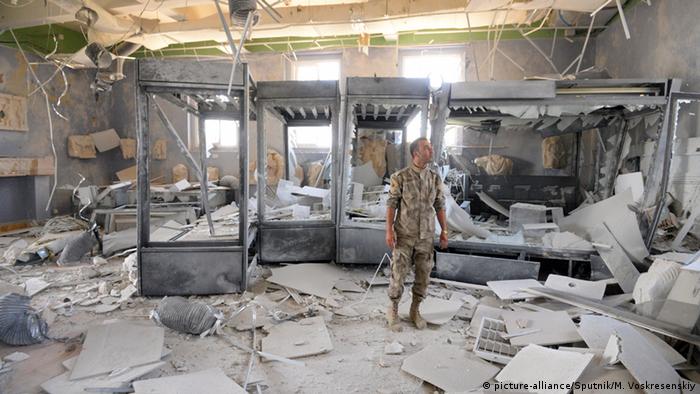
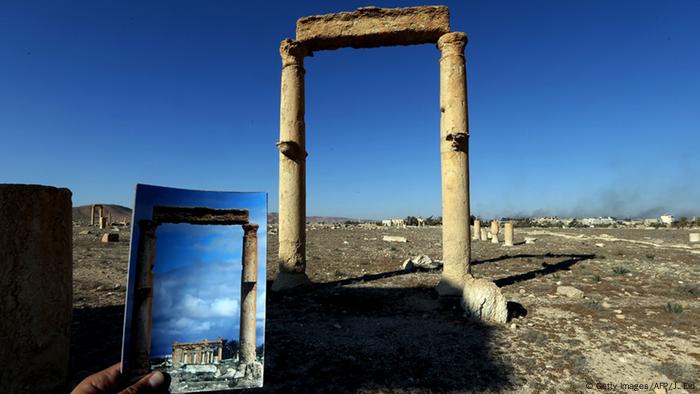
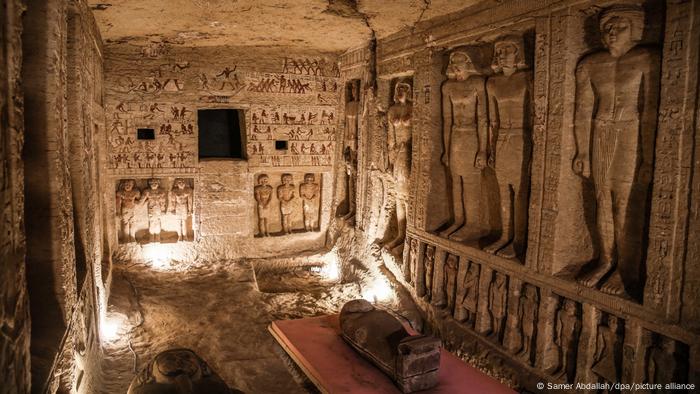


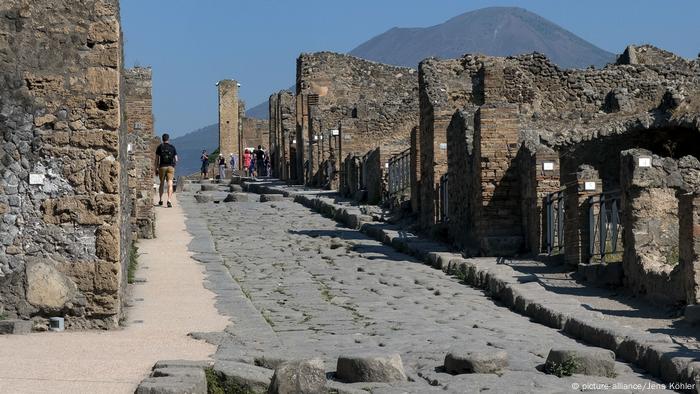
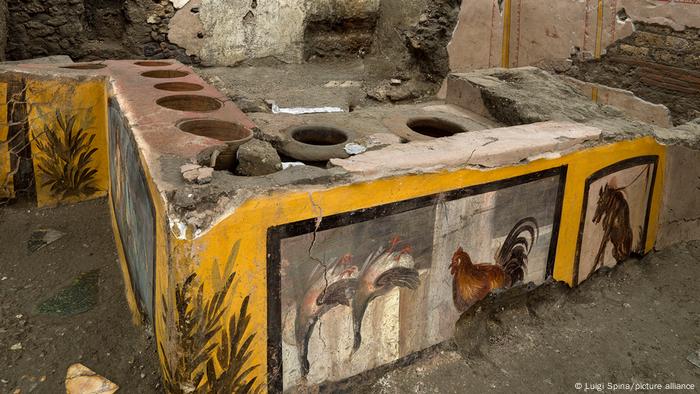
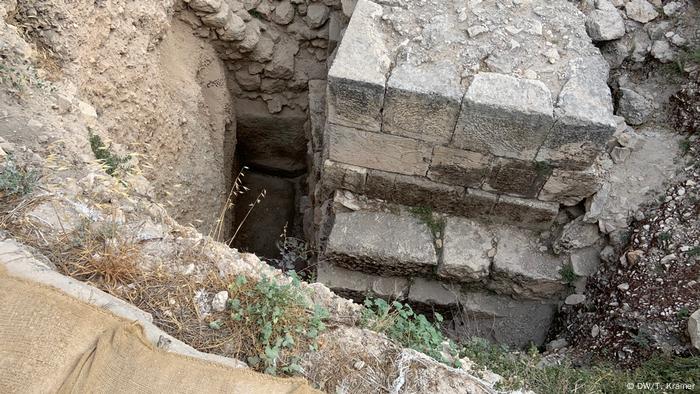

















0 Response to "The dangerous work of archaeologists in conflict zones - DW (English)"
Post a Comment